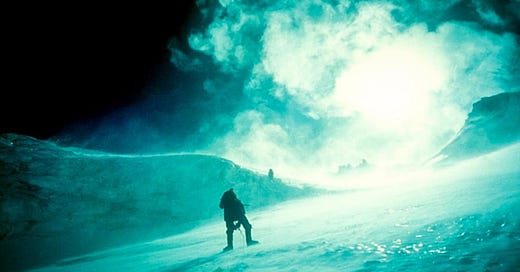Secrets of the World’s Super-Explorers
For 111 years, a Manhattan mansion has been the gathering ground for adventurers who risk everything to reach the ends of the earth and depths of the oceans.

Photo courtesy Ken Kamler
It’s been a busy weekend for Don Walsh.
Yesterday he attended a lunch, followed by a high tea. Then he moderated a panel on polar travels aboard the U.S.S. Intrepid, the warship docked on the Hudson River. A subsequent cocktail reception lasted long into the night. On this snowy morning in March, there is an early talk at the United Nations — also about polar exploration — followed by yet another lunch. Tomorrow, the same thing, but more meetings and a buffet, followed by his four a.m. trip back home to Dora, Oregon, population: ten (currently missing just him).
“Now I’m trying to get my tuxedo,” Walsh says, relishing his time in a white tee and cargo pants in the lobby of Manhattan’s Loews Regency Hotel. He has forty-five minutes to discuss his fifty-four-year history in The Explorers Club. The V.I.P. reception for the Club’s 111th annual dinner, hosted for the first time this year at the American Museum of Natural History, starts at six o’clock sharp. Tonight’…
Keep reading with a 7-day free trial
Subscribe to Narratively to keep reading this post and get 7 days of free access to the full post archives.



